Red Nose Pitbull Info And Care
Everything you should know about the Red Nose Pitbull
The Red Nose Pitbull or Red Pit is one of the various color varieties to choose from in an American Pitbull Terrier.
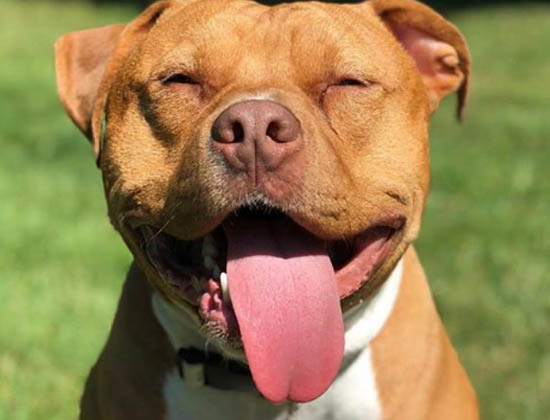
Many of the traits found in the American Pitbull Terrier continue throughout the Red Nose Pitbull.
The Red Pit is not recognized as a separate breed but rather an individual coat color.
“A dog is the only thing on earth that loves you more than he loves himself.”
-Josh Billings
History of the Red Nose Pitbull
Since the Red Nose Pitbull is not recognized as a separate dog breed, their history is relatively the same as those of any American Pitbull Terrier.
It is thought that the Red Nose Pitbull is the result of inbreeding.
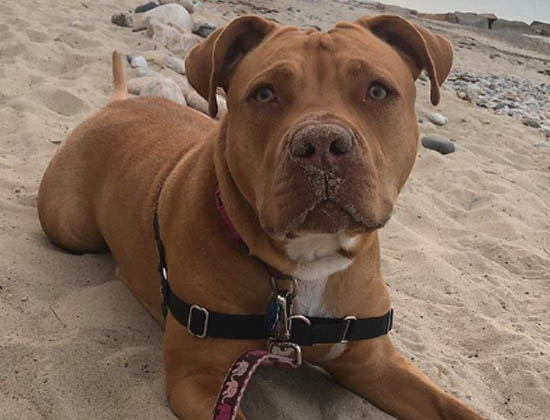
In Ireland during the mid-1800’s, it is believed that people favored the red variety and thus began inbreeding them.
Today, the Red Nose Pitbull is far less common simply because inbreeding dogs is not favored.
Personality and Temperament of the Red Nose Pitbull
Red Pits can be extremely friendly and accepting of others as long as they do not pose a threat.
They will also exude their friendly temperament if they are trained and socialized properly.
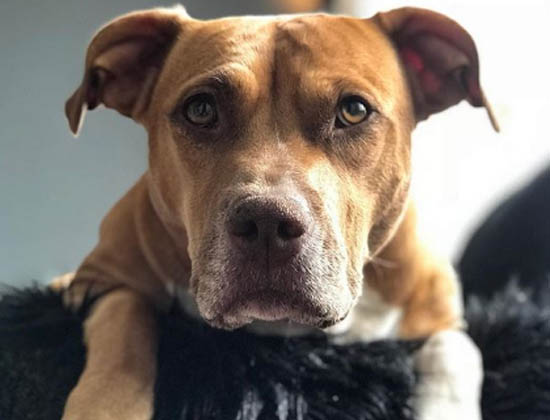
Training and socialization ensure that your pooch will understand when to be protective and when they can relax and be their natural, fun-loving selves.
In general, Pitbulls are smart, loving, caring, protective, brave, affectionate, empathetic, and courageous.
They do not hesitate to jump into action and protect the ones they love, even if it means a fight to the death.
Your Pitbull will be your partner in crime, your best buddy,
Feeding the Red Nose Pitbull
Pitbulls (and all canines) are carnivores. They may be domesticated but, they still require a significant amount of protein in their daily diet.
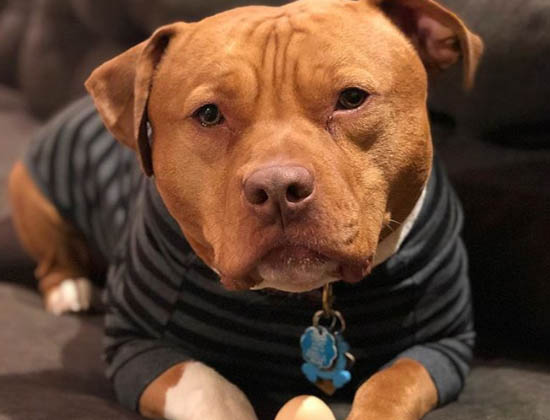
The dog food you choose should contain beef, brown rice, corn, and any type of poultry (chicken, turkey, etc.).
Brown rice and corn offer the Pitbull his daily dose of carbohydrates as well as extra fiber to help him stay healthy.
Pitbulls should be fed a quality dog kibble that is appropriate for his activity level, health, and stage of life.
If you have a high energy Pitbull puppy on your hands, then choose a puppy kibble with small pieces, high calories, and high protein.
You can also continue using the puppy food that the breeder had weaned the puppies onto.
Most dog food brands have developed a unique formula that is for dogs at every stage of life.
By this, I mean that they have a puppy formula, an active adult formula, and a senior dog formula.
It is essential that you provide your pooch with the correct formula for his stage of life.
Providing a senior pooch with active adult dog kibble may help him pack on the pounds.
This is because he is far less active than he once was and the active dog kibble is loaded with calories.

He is then consuming more calories than he burns off and he could gain weight.
Obesity leads to various other severe health problems including heart failure and potentially even death.
Discuss quantity and frequency with your veterinarian during the puppy checkup or, call before you bring a puppy home.
By checking with the veterinarian you can ensure that you are providing the right amount at the right time without worrying about overfeeding.
Overfeeding your pooch is easy to do if you are not careful or if you fall for their sad puppy dog eyes every time.
Caring for the Red Nose Pitbull
Exercise:
Pitbulls require a lot of exercises.
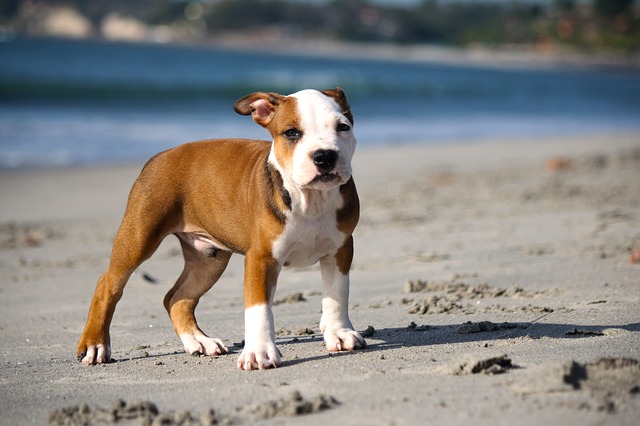
They should be walked at least once per day, and they should engage in more intense activities throughout the day as well. For example, swimming or playing a game of fetch.
Habitat Requirements:
Pitbulls are not usually allowed to live in apartment complexes because of their size, their exercise requirements as well as their potential aggression towards others.
Therefore, your Red Pit would likely be happier in a house with plenty of green space (fenced in) for him to run, play, exercise and relieve himself.
Training:
Early training and socialization are the keys to a well-rounded and well-mannered dog!
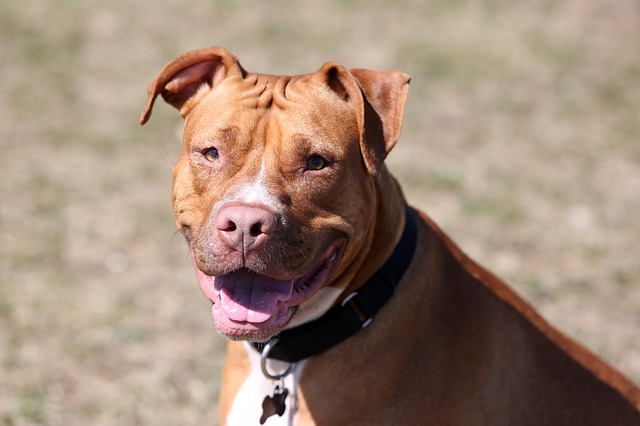
Pitbulls can be wonderful family members when they have a strong pack leader (you) to keep them in line.
Pitbulls can be very gentle and even loving towards other pets if they have been raised alongside them.
Also, Pitbulls are fantastic with children. They are playful and protective when the situation requires them to be.
Grooming:
They should be brushed regularly and bathed as necessary or once a month. Nails should be kept trim.
Ears should occasionally be checked for ear mites and infections.

You may want to enlist the assistance of a professional dog groomer if you have had trouble with any of these things in the past.
Potential Health Conditions of the Red Nose Pitbull:
Pitbulls can be prone to various health conditions that range in their severity.
However, they require multiple shots and treatments throughout the course of their lifetime that has been developed to prevent many of the potential problems a dog can have.
Some of these shots include:
Common health problems amongst Pitbulls (regardless of color variety) include:
Here is a fleeting glimpse into the Red Nose Pitbull!
Measurements:
Grooming:
Personality and Temperament:
Habitat Requirements:
Human Requirements:
Major Health Concerns:
Cost:
Final thoughts to sum up:
Red Nose Pitbulls can be excellent family pets with proper training and socialization.

They are naturally loving, strong, affectionate, brave and protective. They will not hesitate to leap into action when their family members are at risk.
If Pitbulls are in the wrong hands, then they could easily be trained to be aggressive and serve as a weapon rather than a member of the family.
Treat your pooch with love and respect and he will do the same for you. The same goes for Pocket Pitbulls, blue Nose Pitbulls, Staffordshire Terrier and all other Bully Dogs.
